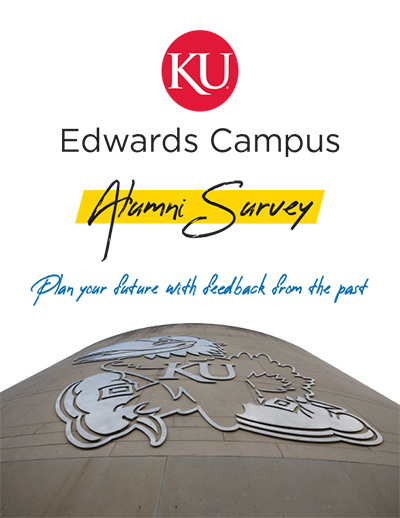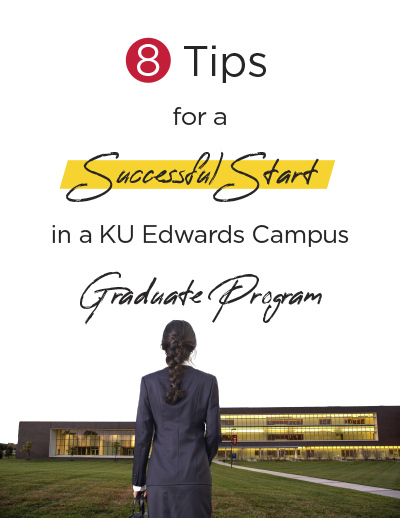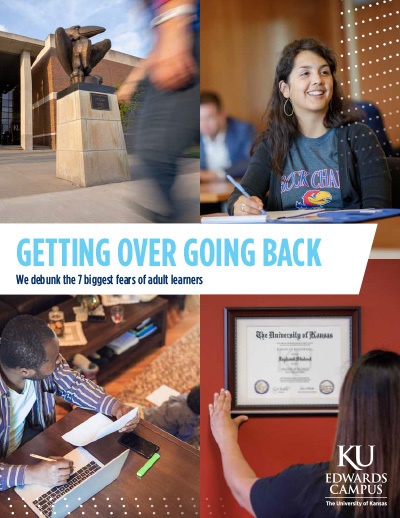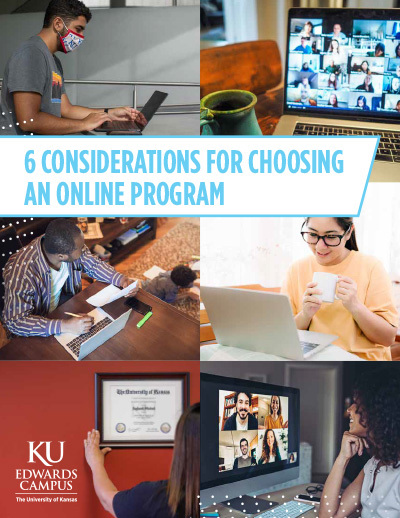Breaking Down the Lines Dividing Generations in the Workplace

Millenials, Gen Xers, Boomers. Beyond the labels, are we really that different? The answer is yes and no. While we all share a desire for meaningful work, older workers can be worried about being brushed aside, while younger workers can be frustrated when their ideas aren’t taken seriously.
Angie Pastorek, Ph.D., says regardless of age, all workers should be valued for the unique experiences and perspectives they bring to teams and organizations. Pastorek, who oversees graduate programs in workplace communication at the KU Edwards Campus, will tackle the topic later this month in a “Link & Learn” session called “Beyond Generational Stereotypes – Understanding and Engaging with the Desire for Connection and Meaningful Work.”
“We should move beyond generational stereotypes because they can be limiting in shaping our understanding of what we need at work,” she said.
So, why is “age diversity” a good thing to have in the workplace?
Research shows “organizations that are more diverse — and take effort to include those diverse voices in decision-making and policy formation — are more profitable, they're more innovative, and they're more able to withstand the rapid change in their industries,” Pastorek said. “So there is definitely a business case for building diverse and inclusive organizations.”
One of the best ways to move beyond stereotypes, she says, is to first launch teams with a focus on the task at hand — rather than generic team-building activities unrelated to the team’s project work.
“Each person has been selected for the project because they have something unique and valuable — communication skills, technology skills, organizational knowledge, connections outside the organization — regardless of their age,” Pastorek said. “Get people excited to work with and learn from their peers based on their technical skill and organizational knowledge. And then at a certain point, transition to more of a focus on strengthening these blossoming professional relationships. Once they've started working together, then it helps to do some purely social-oriented team building to take the team to the next level.”
Switching to this focus on relationships before in-groups and out-groups start to form around social identities, including age, profession, and location, can help keep the team growing in the right direction.
“We naturally tend to gravitate towards people who are like us — younger employees all going out to lunch or happy hours together,” Pastorek said. “Conversely, the older workers might be going out to lunch together or they have kids who are on the same soccer team.
“Both H.R. and departmental management should be strategic about getting people together during the work day to do things that everybody can be available for and enjoy. It might be lunch; it might be some kind of a special working session. It’s important to integrate relationship-building within our daily work, so that everyone has the opportunity to get to know each other as professionals and as interesting people.”
Participants in the “Beyond Generational Stereotypes” session learn why ageism is harmful to organizations, teams and individuals, and how to be more confident speaking up in advocacy of more age-diversity at all levels of the organization.
They also learn how to break through the lines that can divide generations.
Explore more Link & Learn opportunities, which are complimentary one-hour, online sessions offered by the KU Edwards Campus in Overland Park. Events focused on workplace communication help you learn practical strategies for your workplace, backed by the latest organizational communication and management research.
Learn more about the Professional Workplace Communication Certificate and master’s program.
The Professional Workplace Communication Graduate Certificate is supported by the Johnson County Education Research Triangle.





